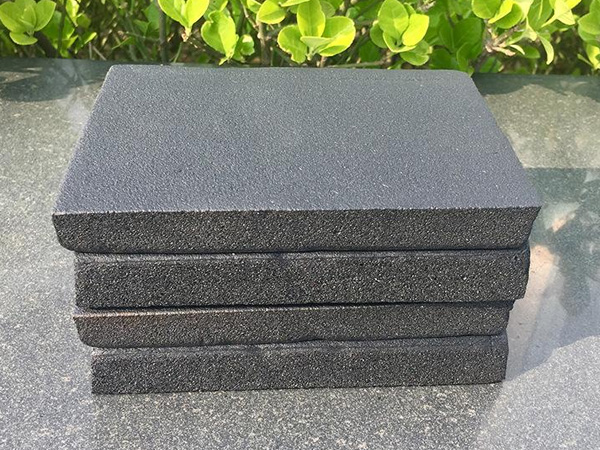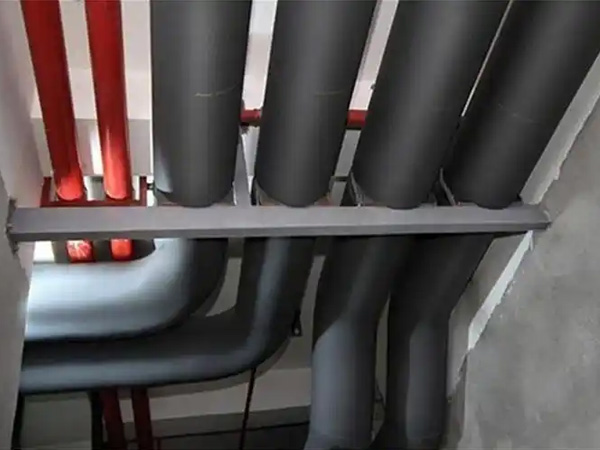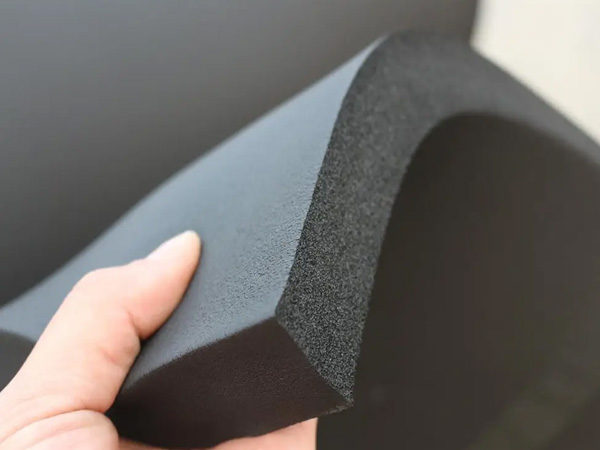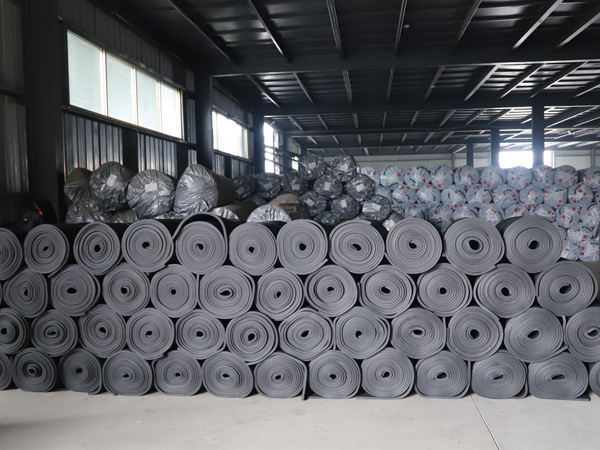Solutions for Poor Adhesive Bonding of Elastomeric Foam During Installation
2025-06-19 08:52:17

Solutions for Poor Adhesive Bonding of Elastomeric Foam During Installation
1. Surface Preparation Issues & Fixes
Contaminated Substrates
Problem: Oil, dust, or moisture prevents proper adhesion.
Solution: Clean surfaces with isopropyl alcohol (70%+) or acetone, then dry thoroughly. For metal pipes, remove rust with a wire brush.
Smooth/Non-Porous Surfaces
Problem: Glossy paints or polished metals lack grip.
Solution: Roughen surfaces with 80-grit sandpaper and apply a primer (e.g., chlorinated rubber for metals).
2. Adhesive Selection & Application Errors
Incorrect Adhesive Type
Problem: Generic glue fails under thermal cycling.
Solution: Use elastomeric-specific contact cement (e.g., 3M 77 Spray Adhesive) or polyurethane-based adhesives for high flexibility.
Improper Application
Apply adhesive with a notched trowel (3mm teeth) for even distribution.
Follow the "wet-on-wet" method: Coat both surfaces, wait 5–10 minutes (until tacky), then press firmly.
Problem: Uneven or insufficient adhesive coverage.
Solution:
3. Environmental Factors
Low Temperature (<5°C)
Use winter-grade adhesives (e.g., Sika 221 with -20°C tolerance).
Preheat substrates with heat guns or temporary enclosures.
Problem: Adhesive won’t cure properly.
Solution:
High Humidity (>80% RH)
Apply moisture-resistant adhesives (e.g., MS Polymer-based).
Use a dehumidifier in enclosed spaces.
Problem: Moisture interferes with bonding.
Solution:
4. Material Compatibility Problems
Facing Layer Interference
Remove facing at bonding areas or use adhesion promoters (e.g., 3M Primer 94).
Switch to unfaced elastomeric foam for critical bonds.
Problem: Foil or film facings prevent adhesion.
Solution:
5. Bond Reinforcement Techniques
Mechanical Fasteners
Add stainless steel bands/clamps at joints (every 300mm for pipes).
Hybrid Bonding
Combine adhesive with butyl tape for seams to ensure airtight seals.
6. Post-Installation Repairs
Delaminated Sections
Inject low-viscosity polyurethane adhesive (e.g., Sikaflex 221) beneath lifted edges using a syringe.
Weight the repaired area for 24 hours with sandbags or clamps.
Pro Tip: Always conduct a peel test on a sample area before full installation. For high-vibration zones (e.g., HVAC ducts), prioritize adhesive + mechanical fixation dual systems.

OurFlame Retardant Rubber Foamis a premium closed-cell elastomeric insulation material engi...

OurRubber Pipe Insulationis a high-performance solution designed specifically for HVAC pipi...

Rubber Foam Insulation Sheet – Product Introduction Premium Flexible Insulation for Therm...

Specially engineered for refrigeration applications, ourElastomeric Rubber Insulationprovid...



